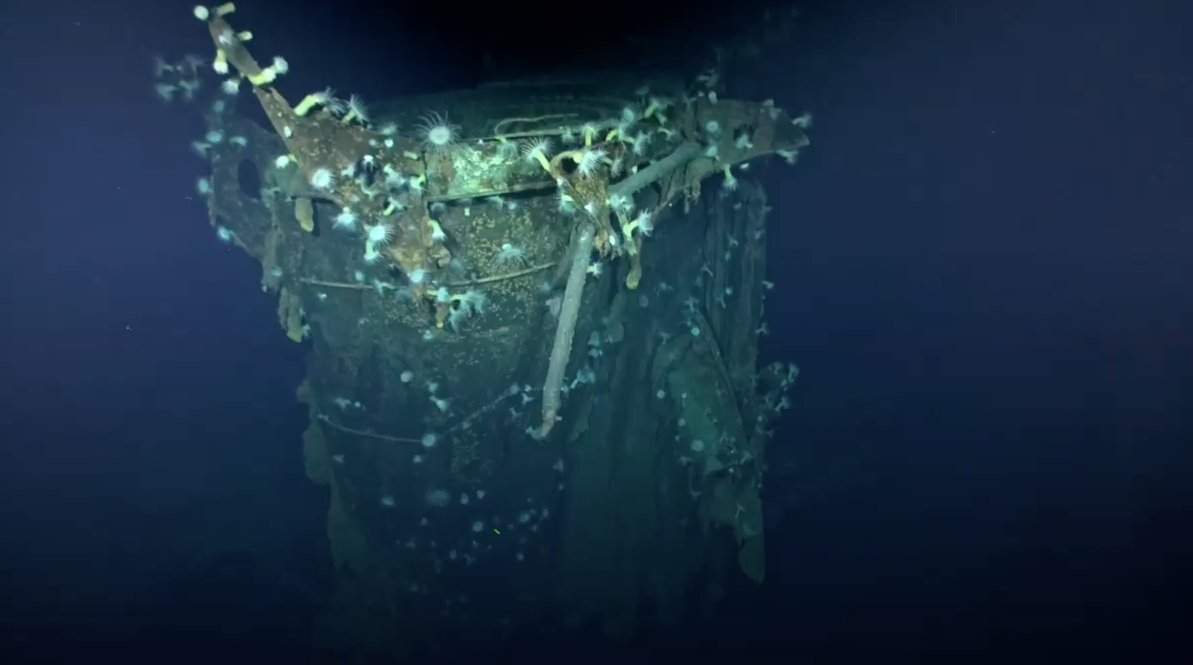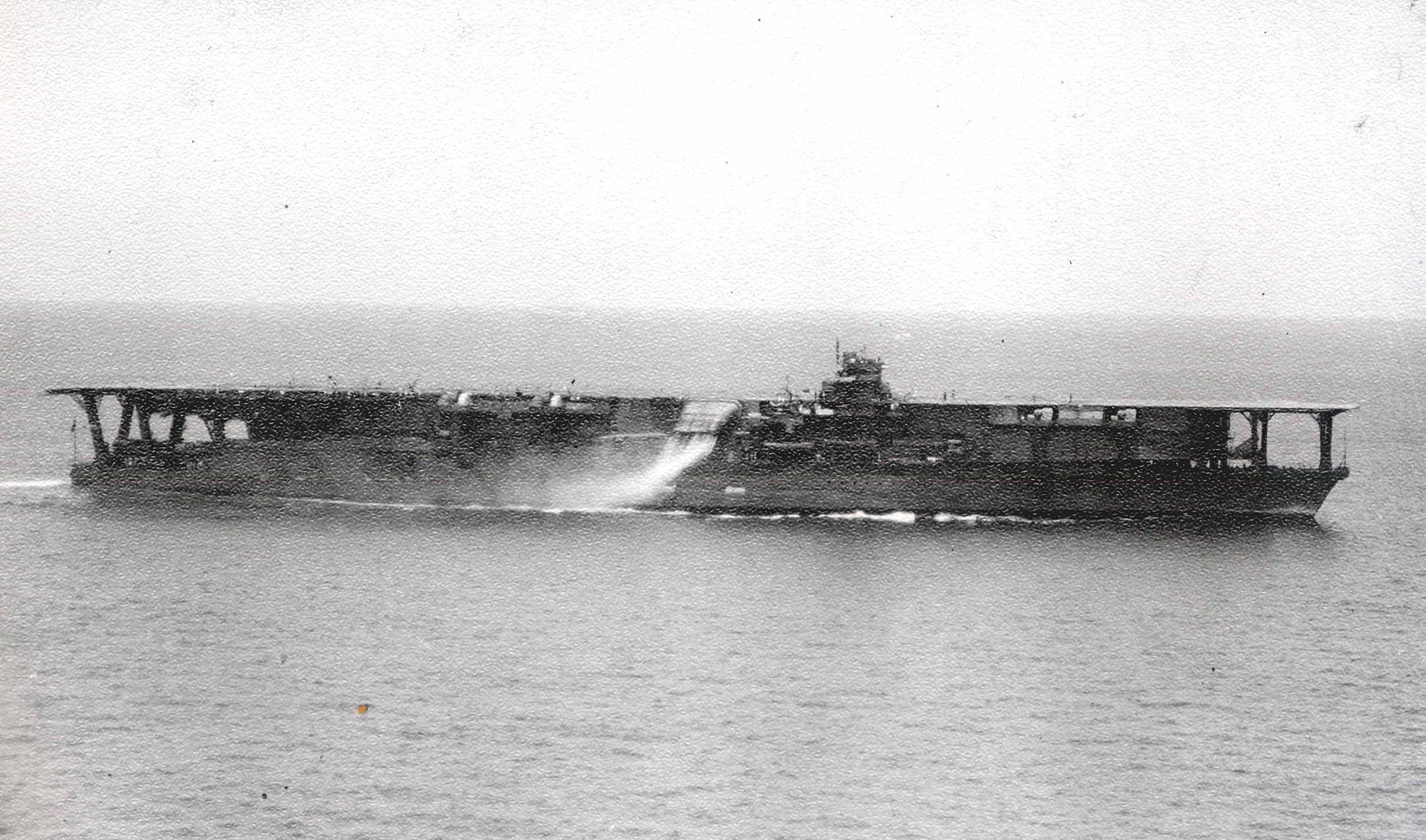
Researchers have discovered the wreck of the Imperial Japanese Navy carrier that was key to the attack on Pearl Harbor and that sank at the Battle of Midway, U.S. officials confirmed to USNI News on Friday.
IJN Kaga was found in the Papahanaumokuakea Marine National Monument off the Midway Atoll by the crew of R/V Petrel, the lead ship in the ongoing expedition funded by late Microsoft co-founder Paul Allen to find ships and aircraft that were lost in World War II.
The site was hundreds of miles off the Midway Atoll and about 18,000 feet below the surface, former director of Maritime Heritage for the National Marine Sanctuaries Program at the National Oceanic and Atmospheric Administration Jim Delgado told USNI News on Friday.
“Paul Allen had a plan, and that was to find all of these ships,” he said.
The find was part of a systemic search effort off the Northwestern Hawaiian Island, according to a story in The Associated Press that had a reporter aboard Petrel.
“Midway is one of the largest sea battles in history because everything fell – that includes ships and aircraft, not only the carriers but all of those that were shot down – they’re all down there,” Delgado said.
“The survey is ultimately going to show us every fallen warrior from the ships and the planes and provide us with a more complete map by this largely untouched and undersea battlefield.”
Kaga was originally laid down as a Tosa-class battleship in 1921 but was set to be scrapped after the Washington Naval Treaty limited the number of battleships signatories could own. After an earthquake damaged another ship hull set for conversion to an aircraft carrier, the Japanese Imperial Navy in 1923 decided to convert Kaga to a carrier instead. Kaga joined the fleet in 1929. A renaissance in Japanese carrier operation tactics in 1932 and 1933 led the navy to put Kaga back into the yard to ditch its three-tiered flight deck in favor of a longer one that could accommodate the bigger and more sophisticated aircraft the imperial navy would come to rely on for its campaigns at sea.
After coming out of the yard in 1935, Kaga was faster and more capable. The carrier took part in operations against China in the 1930s, the Pearl Harbor attack in 1941 and attacks on Australia and the Dutch East Indies (now Indonesia) in 1942.

In June 1942, four Japanese carriers – Kaga, Akagi, Soryu and Hiryu, all of which participated in the attack on Pearl Harbor – were attacked by American aircraft from the Midway Atoll and from carriers USS Enterprise (CV-6), USS Hornet (CV-8) and USS Yorktown (CV-5). Dive bombers from Enterprise caused severe damage to Kaga, and the Japanese intentionally sank the carrier to keep it from falling into enemy hands. A section of the hull had previously been discovered in 1999.
Kaga was named after the province west of Nagano and north of Kyoto. A second ship to bear that name – this one a helicopter carrier, though officially dubbed a destroyer by the Japanese Maritime Self-Defense Force – was commissioned in 2017. JS Kaga (DDH-184) is the second ship in the Izumo class of destroyers and is about the same length as its World War II namesake, making these DDHs the largest warships Japan has fielded since the end of World War II and its adoption of a pacifist constitution that requires a self-defense-oriented military force.

The U.S. Navy acknowledged the discovery in a Friday statement.
“On the occasion of the discovery of the Kaga, we send our thoughts and prayers to our trusted and valued friends in Japan. The terrible price of war in the Pacific was felt by all our navies. From that painful lesson, we have become the closest of allies and friends committed to maintaining a free and open Indo-Pacific,” Rear Adm. Brian Fort, commander of U.S. naval forces in Japan, said in a statement to USNI News.
The crew aboard Petrel have located numerous World War II-era wrecks. In the last two years, the team has found the wreckage of carriers USS Lexington (CV-2), USS Wasp (CV-7) and USS Hornet (CV-8); cruisers USS Juneau (CL-52) and USS Helena (CL-50); and Japanese ship IJN Hiei.





